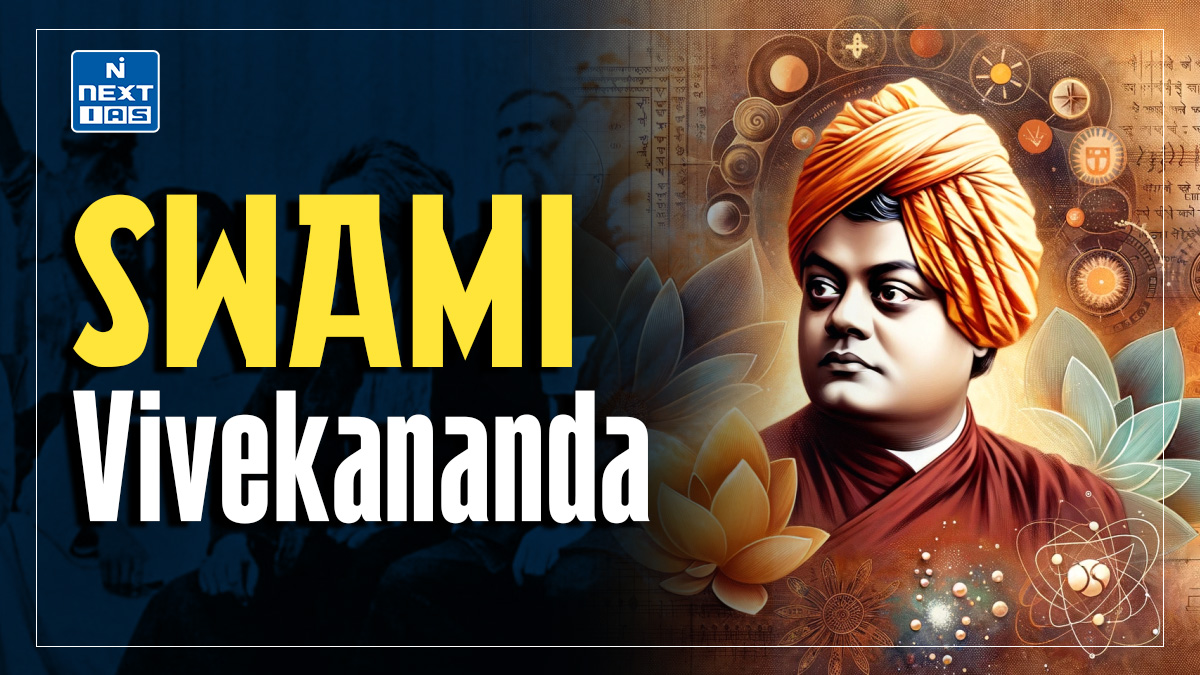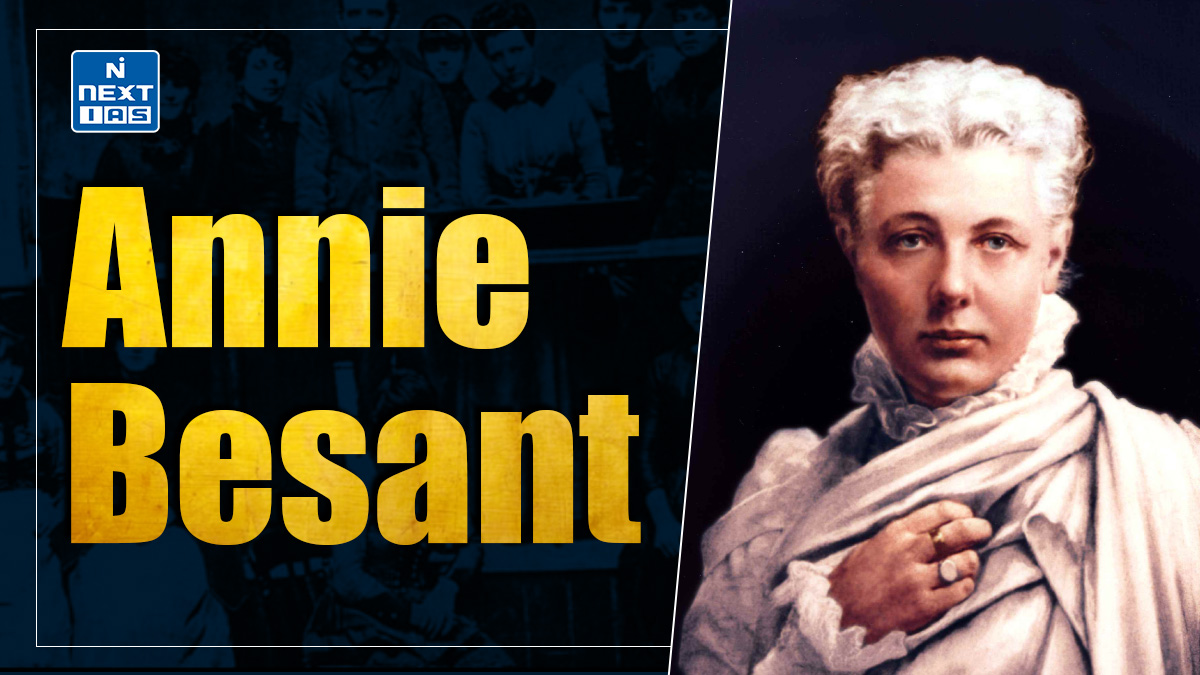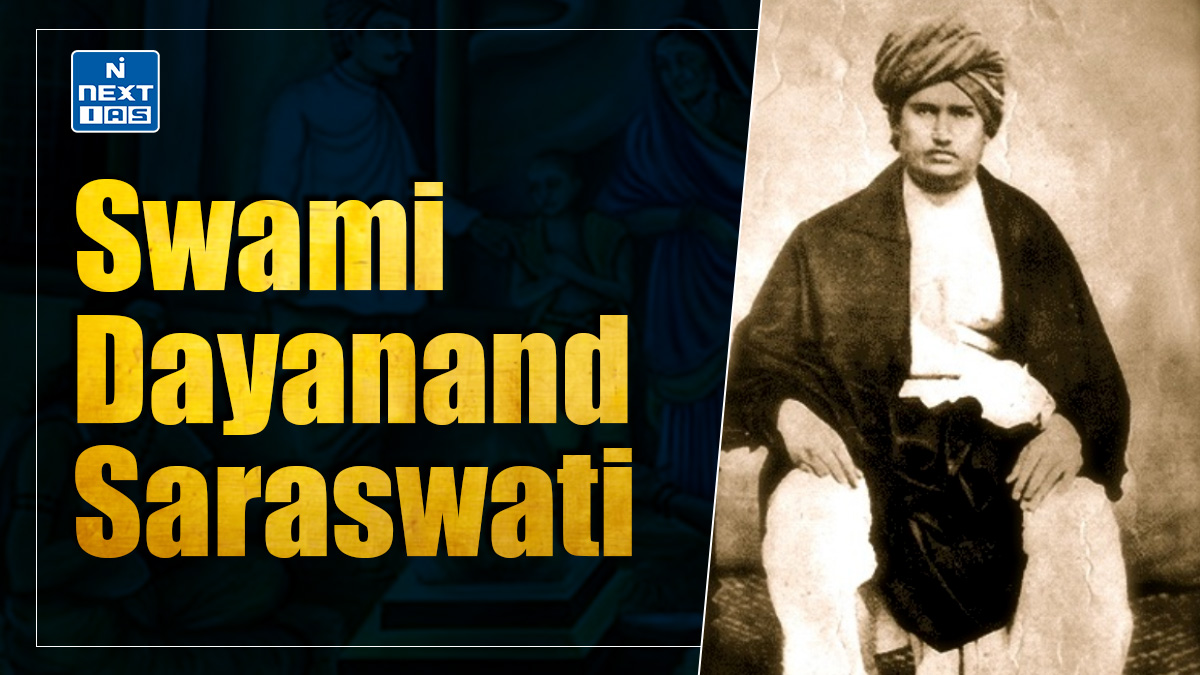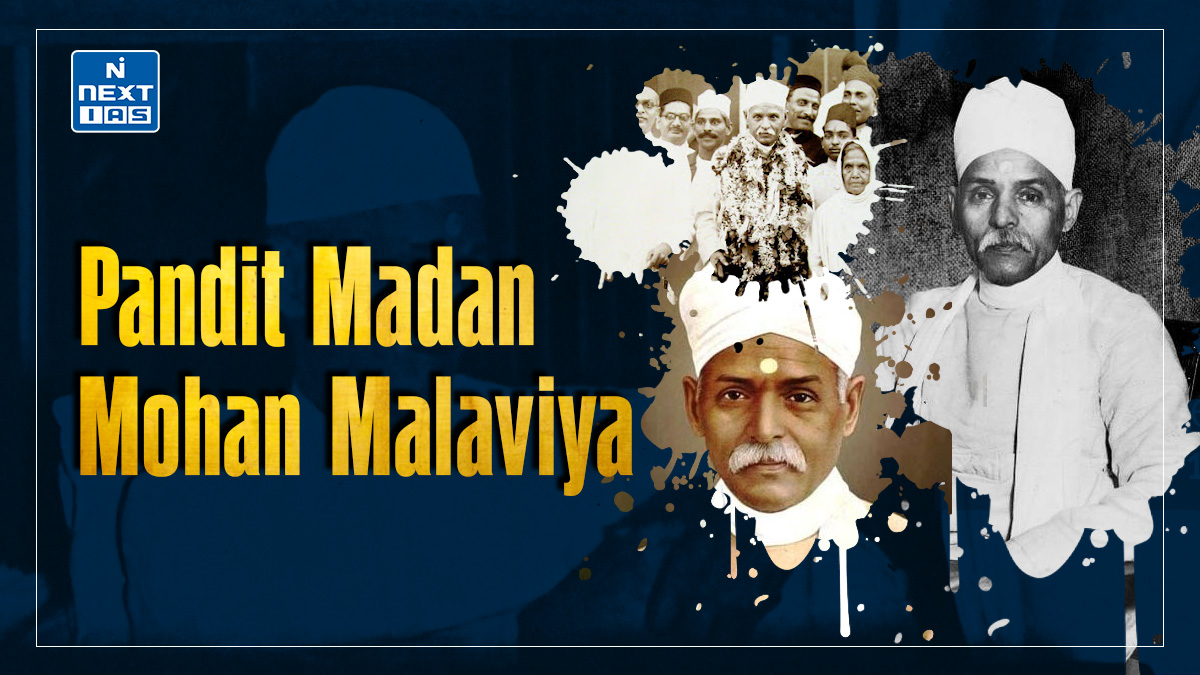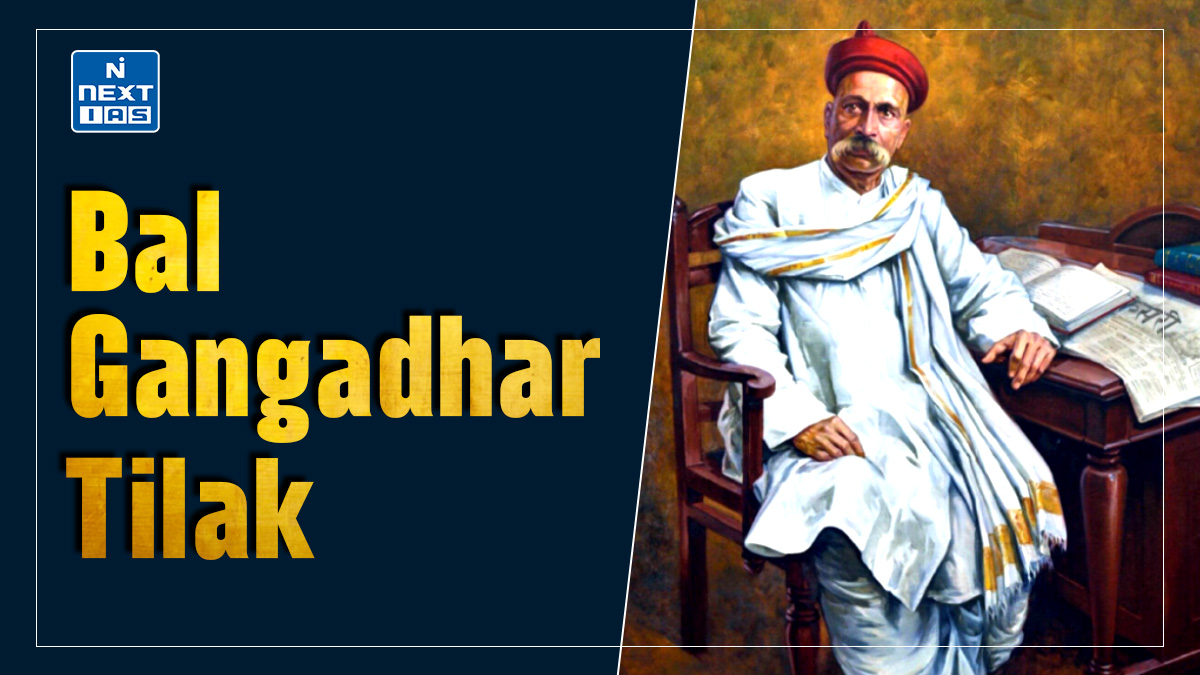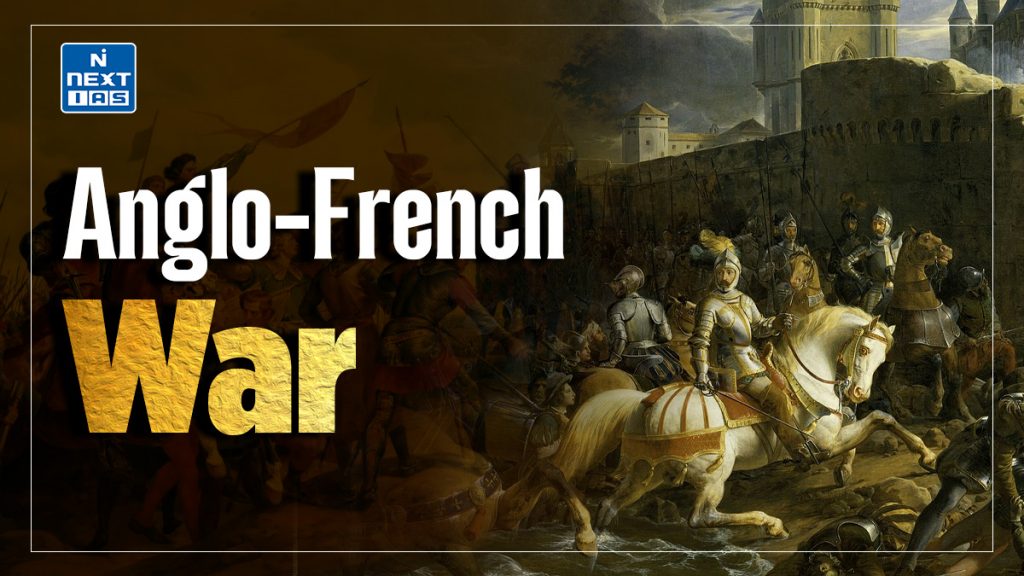
The Anglo-French War (1744-1763) was a series of military conflicts between Britain and France in various theatres, including India. This war significantly shifted the balance of power in India, leading to the decline of French influence and the rise of British colonial dominance. This article aims to study in detail the key events, strategies, and outcomes of the Anglo-French War in the Indian context.
About Anglo-French War
- After the decline of the Portuguese in India, they were relegated to Goa, Diu, and Daman. The agreement between the Dutch and the English in 1667 made the Dutch give up all their claims in India for the British stakes in Indonesia.
- Thus, India and Indian trade in the 18th century were left to the English East India Company (EIC) and the French EIC.
- From their humble beginnings in trade, both these European powers were inevitably drawn into the politics of India, resulting in nearly 20 years of Anglo-French conflict.
First Carnatic War (1746-48)

Background of First Carnatic War
- The First Carnatic War was a spillover from the War of Austrian Succession in Europe in 1740 and the ongoing war between France and England in 1742 over colonies in America. It extended to trade rivalry in India as well.
Course of First Carnatic War
- In 1745, the English navy captured French ships off the South-East coast of India and threatened Pondicherry.
- Under the brilliant leadership of the French Governor-General at Pondicherry, Dupleix, the French retaliated and occupied Madras in 1746, leading to a very important event in the war.
- Differences arose between the Nawab of Carnatic and the French when the French reversed their promise to give Madras to the Nawab after its capture.
- Hence, the struggle for Madras began between the Nawab of Carnatic and the French.
- The Nawab of Carnatic sent an army against the French to stop the two foreign trading companies from fighting on his soil.
- So the 10,000-strong army of the Nawab clashed with a small French force, consisting of 230 Europeans and 700 Indian soldiers trained along Western lines, at St. Thomas on the banks of the Adyar River (Battle of Adyar). The Nawab was decisively defeated.

Outcomes of First Carnatic War
- The battle of Adyar revealed the immense superiority of Western armies over Indian armies, which resulted from better equipment and organisation in war.
- The large but ill-disciplined and unwieldy Indian army could not compete with the smaller but better-disciplined Western army.
- In 1748, the war between England and France ended with the Treaty of Aix-la-Chapelle, and as part of the peace settlement, Madras was restored to the English in lieu of some territories (Louisburg) in North America.
Second Carnatic War (1749-1754)
Background of Second Carnatic War
- Though the general war between the British and French had ended, the rivalry in trade and over possessions in India continued.
- Moreover, the war revealed to them the weakness of the Indian administration and armies, thereby engendering both companies’ greed for territorial expansion in India.
- Dupleix, through his experience of working with the Nawab of Carnatic, evolved the strategy of using the well-disciplined, modern French army to intervene in the mutual quarrels of Indian princes and, by supporting one against the other, securing monetary, commercial, or territorial favours from the victor (First example of Subsidiary Alliance in India).

Course of Second Carnatic War
- In 1748, the death of Asaf Jah Nizam-ul-Mulk ignited a civil war in Hyderabad between his son Nasir Jang and grandson Muzaffar Jang, while Chanda Sahib conspired against Nawab Anwaruddin in the Carnatic.
- Seizing the opportunity, French Governor Dupleix allied with Chanda Sahib and Muzaffar Jang, leading to their ascension as Nizams, who rewarded the French with territories and significant monetary gifts.
- Following Anwaruddin’s defeat and death, his son Muhammad Ali fled, while Chanda Sahib expanded French influence in the region.
- Initially seeking alliances, the French had transformed Indian states into client states.
- However, the British, led by Robert Clive, sought to counteract French dominance by supporting Muhammad Ali. This culminated in the audacious Siege of Arcot, in which Clive’s forces captured the capital and dealt a significant blow to Chanda Sahib’s power.
Outcome of Second Carnatic War
- Treaty of Pondicherry: Weary of the heavy expense of the war in India and fearing the loss of its American colonies, the French government initiated peace negotiations in 1754. These negotiations ended with the Treaty of Pondicherry, which recognized Mohammad Ali as the Nawab of the Carnatic.
- Return of Dupleix: The French also acceded to the English demand to recall Dupleix from India. His return to France, coupled with internal quarrels between high French officials and Military & Naval commanders, proved a big blow to the fortunes of the French Company in India.
Third Carnatic War (1758-1763)
Background of Third Carnatic War
- The outbreak of the Seven Years’ War in Europe in 1756 resulted in a renewed conflict between French and British forces in India.
Course of Third Carnatic War
- The third Carnatic War was fought on many fronts in India. At the beginning of the war, British forces captured the French settlement of Chandernagore in 1757.
- The rich resources of Bengal turned the scales decisively in favour of the English.
- However, the war was decided in south India, where the British successfully defended Madras.
- The decisive Battle was fought at Wandiwash on 22 January 1760’ where the British force under English General Eyre Coot defeated a solid French force headed by Count de Lally.
Outcome of Third Carnatic War
- Treaty of Paris: The war ended in 1763 with the signing of the Treaty of Paris.
- The French factories of Chandernagore and Pondicherry were restored but could no longer be fortified or adequately garrisoned with troops.
- They could only serve as centers of trade and now the French lived in India under British protection.
- The English replaced the French as the Nizam’s protectors and secured MasuIipatam and the Northern Circars from him. The French recognised the British as the rulers of Indian states.
Reasons for Failure of French East India Company
- Political Situation in France: The French Government was a personal despotism in the 17th century and for most of the 18th century. It got involved in the Continental War in Europe, preventing it from sending adequate help/funds to its colonies abroad.
- Over-dependence on France: Unlike the English East India Company, the French East India Company was a State concern, depending on the home government for everything. The charter and the whims and fancies of the rulers very much limited its freedom of action.
- Seats of Power in India: The English had three well-established power seats in India, namely Bombay, Madras, and Calcutta, and had one dockyard and an excellent harbour. The French had only one seat of power, Pondicherry, and a harbour and sea base at Mauritius, but it needed to be fixed and equipped.
- Dwindling Naval Strength: The lack of naval strength of the French compared to that of the English was one of the decisive factors for the failure of the French in India. The French success in 1746 was due to its naval superiority in the Coromandel Coast. Still, the French could not maintain this superiority beyond 1748 because, during the War of Austrian Succession, the French naval strength was so greatly reduced that it had hardly any battle ships left with it in the Seven Years’ War.
- Policy of Conquest in Place of Commerce: In their bid for territorial expansion in India, the French forgot that they were primarily merchants. The English busily transacted their ordinary commercial activities through the Anglo-French hostilities. At the same time, Dupleix, on the other hand, deliberately concluded that for France, at any rate, the Indian trade was a failure and that military conquest opened up a more attractive prospect. The English, however, never forgot that they were primarily a trading body.
- Administrative Lapses: The recall of Dupleix by the French Government was a blunder. The vacuum created was not filled by the generals who succeeded him. Similarly, the appointment of Count de Lally as the French Governor General and Commander in Chief during the Third Carnatic War proved disastrous as he lacked the foresight and statesmanship of Dupleix. His departure from Hyderabad ended the French influence there.
Conclusion
Freed from European rivals, the British focused on conquering India, learning vital lessons from the Anglo-French struggle. They recognised that Western-trained Indian infantry could easily defeat larger armies and that Indian sepoys, while skilled, lacked nationalism, making them mercenary forces. This understanding, combined with the resources of Indian trade, allowed the British East India Company to exploit divisions among Indian rulers and expand its control over the subcontinent.
Frequently Asked Questions (FAQs)
What was the main reason behind the Anglo-French War?
The main reason behind the Anglo-French War was the rivalry for colonial dominance and trade control in India and other parts of the world, particularly over the territories and trade routes in the Indian subcontinent.
Who won the Anglo-French War?
The British won the Anglo-French War, consolidating their position as the dominant European power in India.
Who won the First Carnatic War?
The British won the First Carnatic War (1746–1748) against the French, which was part of the larger Anglo-French rivalry in India during the 18th century.
